The One Time A Ferrari Did Not Look Like A Ferrari
Images: Makarand Baokar
With the launch of Ferrari’s Pininfarina-designed Dino 308 GTB in 1975, Cavallino traditionalists were happy to see Maranello ‘returning’ to the classical undulating lines of the Prancing Horse designs of yore for the two-seater version of the mid-engine V8 powered model. At the same time Carrozzeria Bertone continued the manufacturing of the bodies of the more angular 2+2-seater 308 GT4, which had been launched two years earlier.
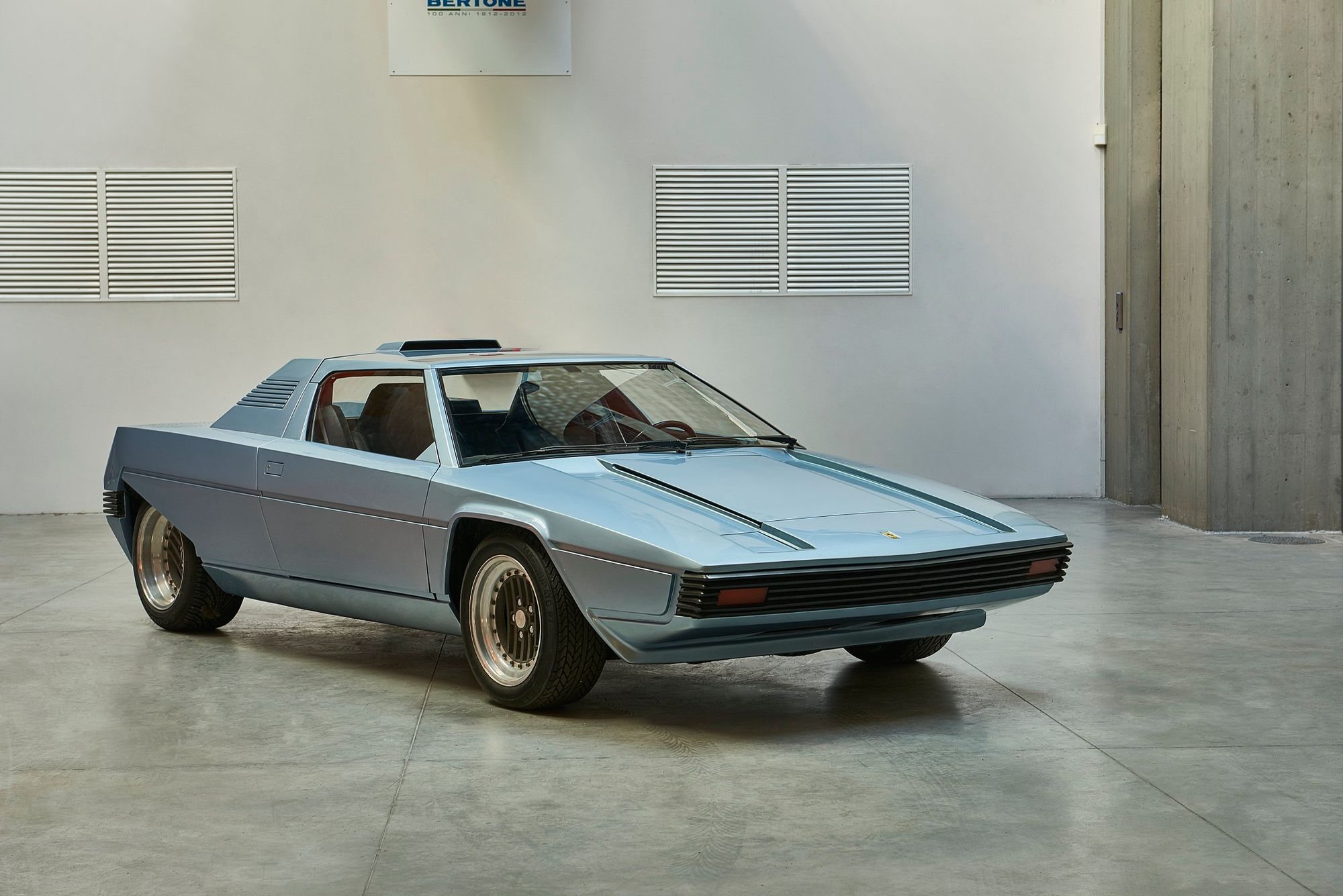
Carrozzeria Bertone’s owner Nuccio Bertone and his design chief Marcello Gandini didn’t see any possibility of making any further ‘in-roads’ into Ferrari-Pininfarina collaborations, as traditionalists clearly preferred the relatively conservative designs from the other great Torinese carrozzeria.

“I didn’t see much point in designing a Ferrari concept that looked like a Ferrari, as the designers in Pininfarina and others were very much capable of doing so,” explained Gandini to this writer, elaborating, “If we had to do a concept on a Ferrari base, I believed that we needed to look at something that would be radically different than what would be expected.” It needed to be provocative, to look like no Ferrari had ever looked like.
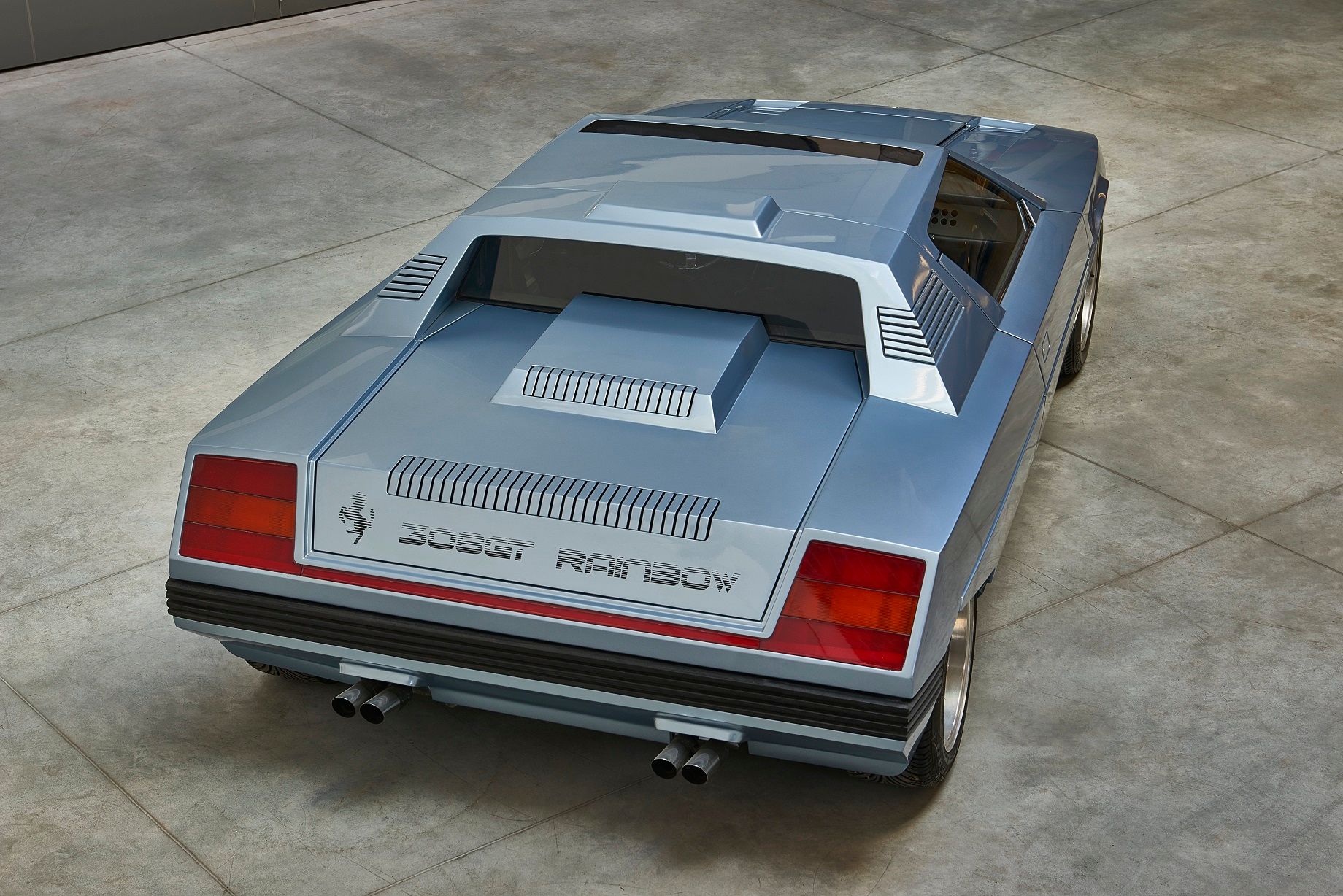
For the 1976 edition of the Turin Motor Show, Bertone showcased the Ferrari Rainbow at their stand. Based on the chassis of the 308 GT4 but shortened by 10 centimetres (four inches), the Rainbow was Gandini’s take on what a sharp-edged two-seater could look like.
It didn’t in any way look like a Ferrari. And as Gandini and Bertone knew very well that such a design would never get the green signal from a conservative Ferrari, the designer was able to interpret the theme without the constraints of functionality. Retaining the powertrain of the 308 GT4, with the 250bhp 3.0-litre V8 located amidship, the Rainbow’s party trick was the folding top.
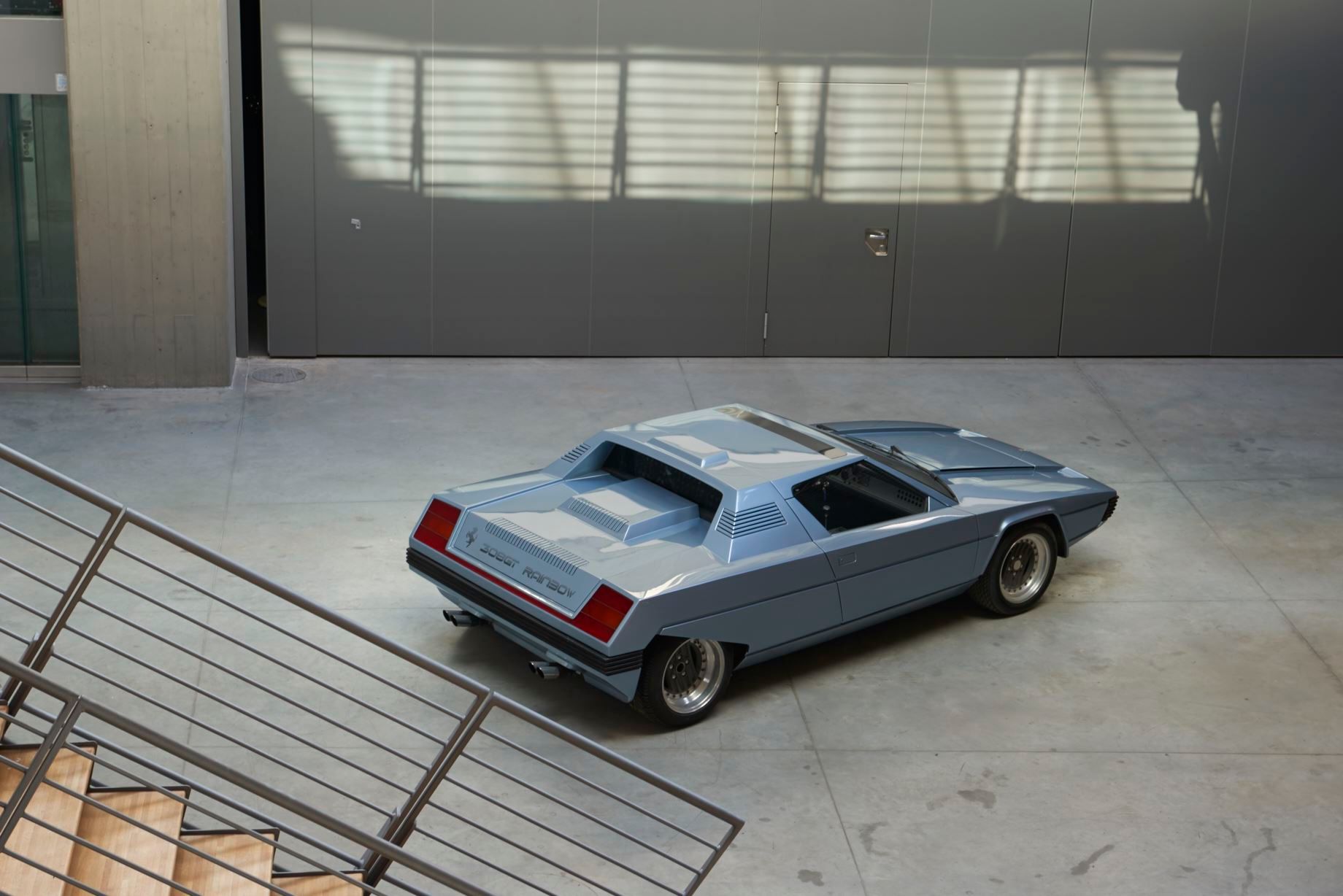
But before anyone noticed the car’s USP, what had everyone astonished was the angular wedge profile, with sharp edges, straight lines, and almost slab-sided flanks. Deep grooves ran along the sides, the bumpers featured corrugated profiles that were a shade darker than the metallic blue of the body, marking them out, as well as being a part of the overall form.
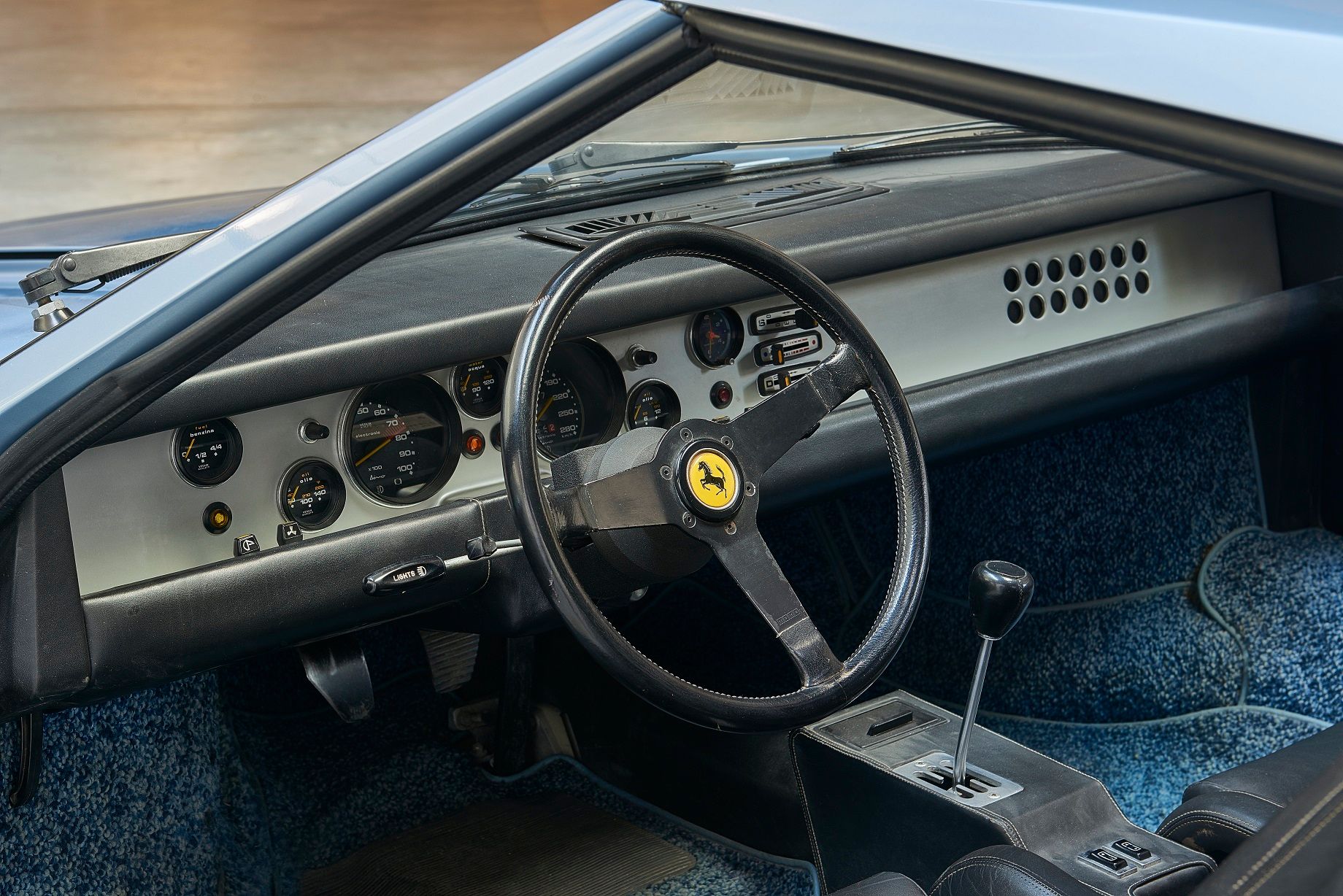
With a short rear overhang, offset by a longer, thrusting front overhang, that Rainbow was brutishly aggressive and purposeful in profile, with design elements that went on to influence cars like the Subaru XT and the Toyota MR2. Yet inside, the Rainbow was functional and almost simplistic in featuring a flat fascia and simple instrumentation.
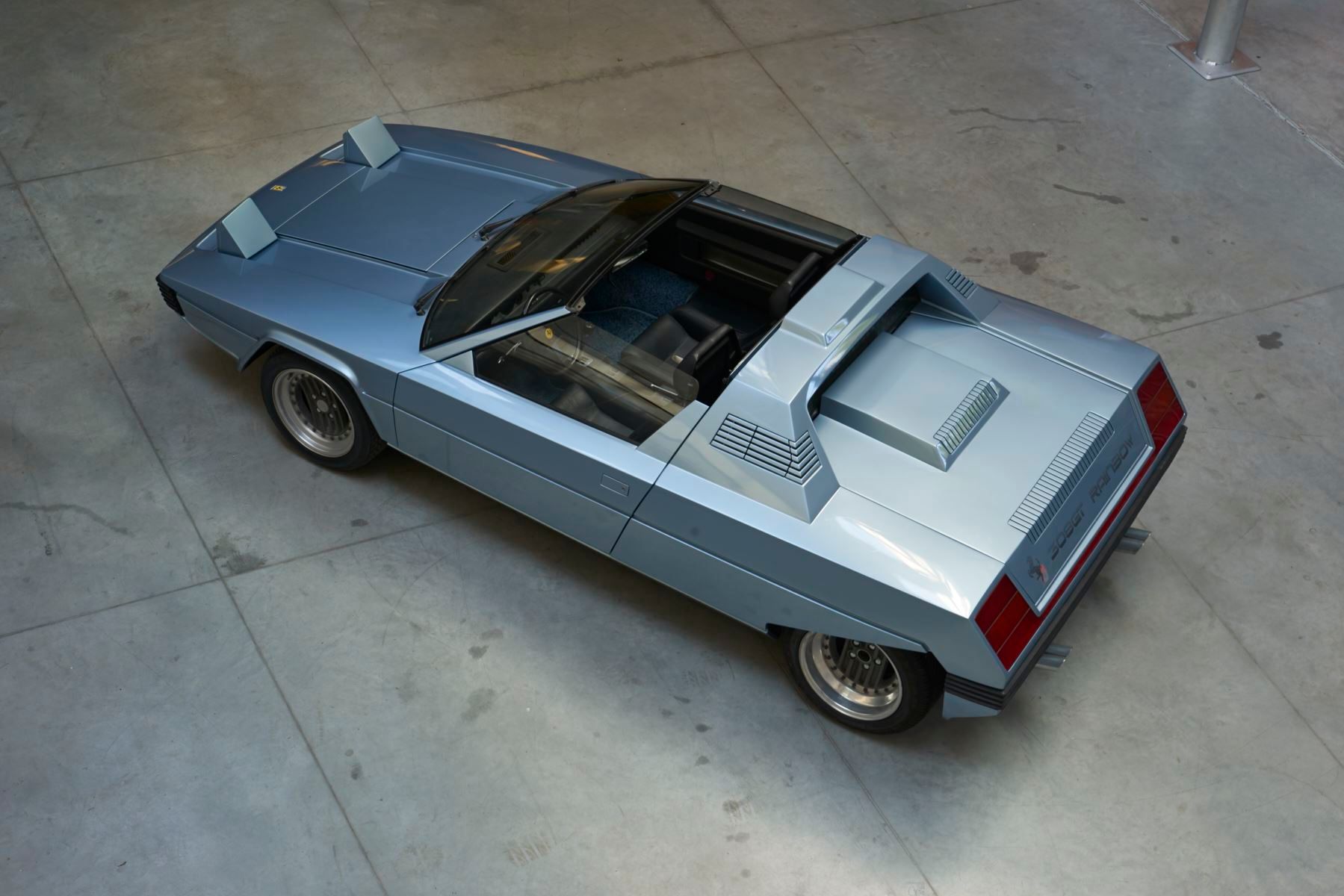
The ultimate talking point though was the top. After exploring the retracting top on the BMW Spicup and the simple but very effective manually lift-off top on the Fiat X1/9, Gandini had another idea—to design a targa-top that would, on hinges, drop down behind the seats and not need to be stowed away in the boot or elsewhere. A brilliantly original solution in transforming a coupe to a spider and back, the Rainbow predicated the trend for coupe-cabriolets by decades.
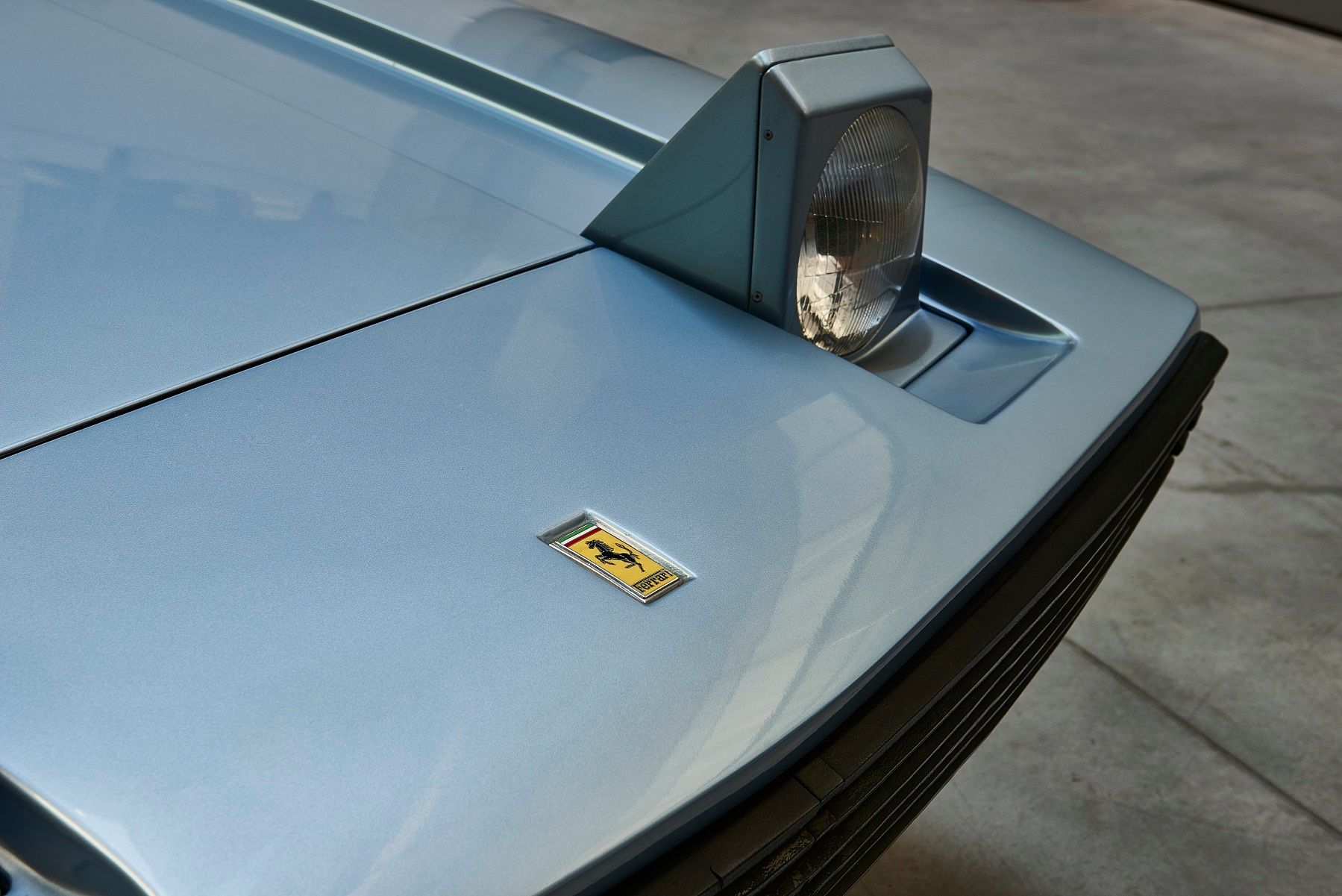
At the launch of the 458 Spider in 2009 when Ferrari claimed that the 458 Spider was the first Ferrari with a retractable hardtop it wasn’t entirely true, as the Rainbow had preceded it by 33 years. Of course, the Rainbow was never put into series production, and neither was the top automated as that of the 458 Spider—the Rainbow’s roof needed to be manually manoeuvred.
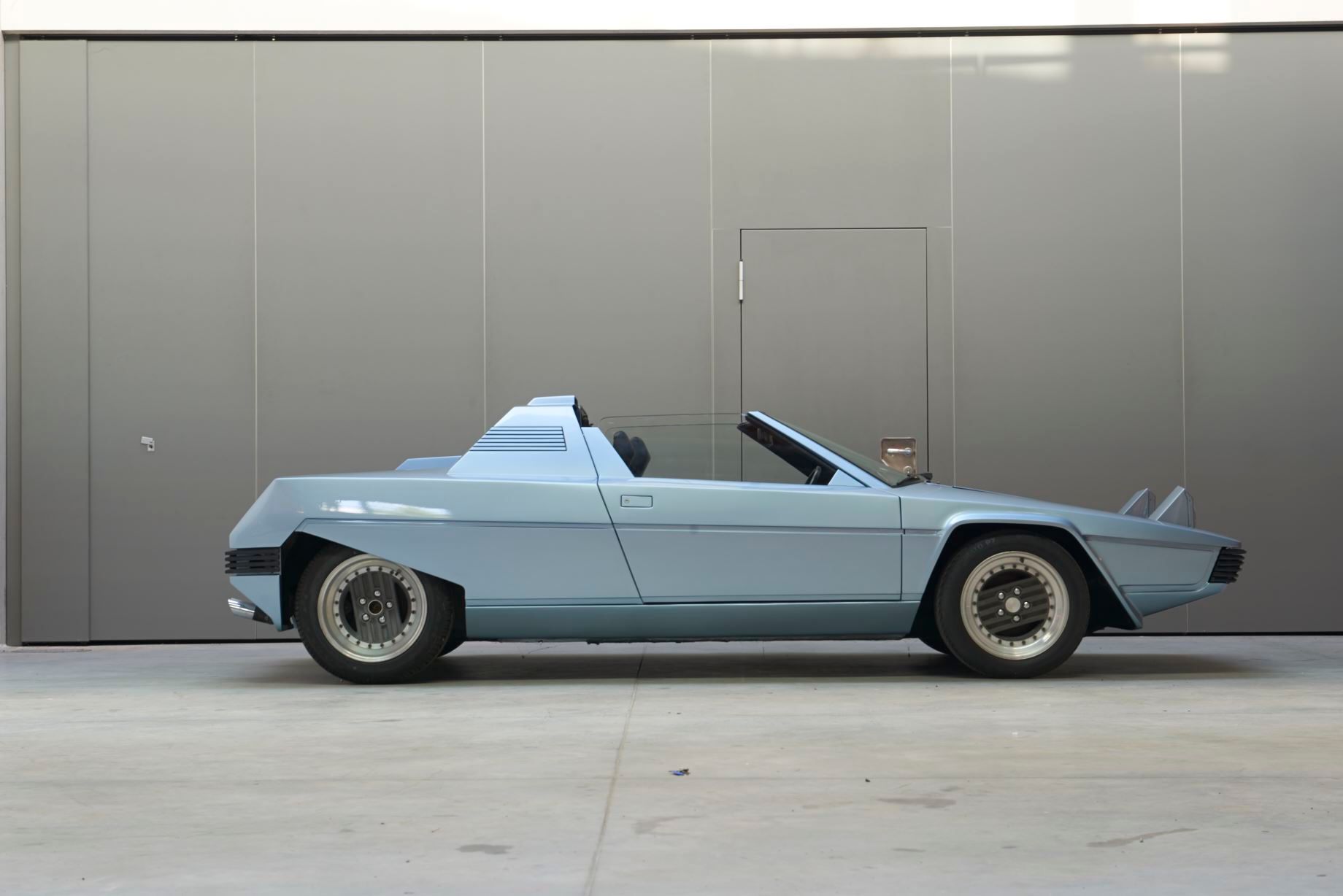
Even if the Rainbow was not much of a ‘hit’ then, it's seen a lot of interest in recent times, as it’s a design that really stands out. The Ferrari Rainbow was retained by Bertone and became a part of the Bertone Collection, which now belongs to the Automotoclub Storico Italiano (ASI), the Italian historic vehicle federation, and is a member of FIVA. ASI regularly lends and displays the Rainbow at historic vehicle shows across Europe.
Comments
Sign in or become a deRivaz & Ives member to join the conversation.
Just enter your email below to get a log in link.
